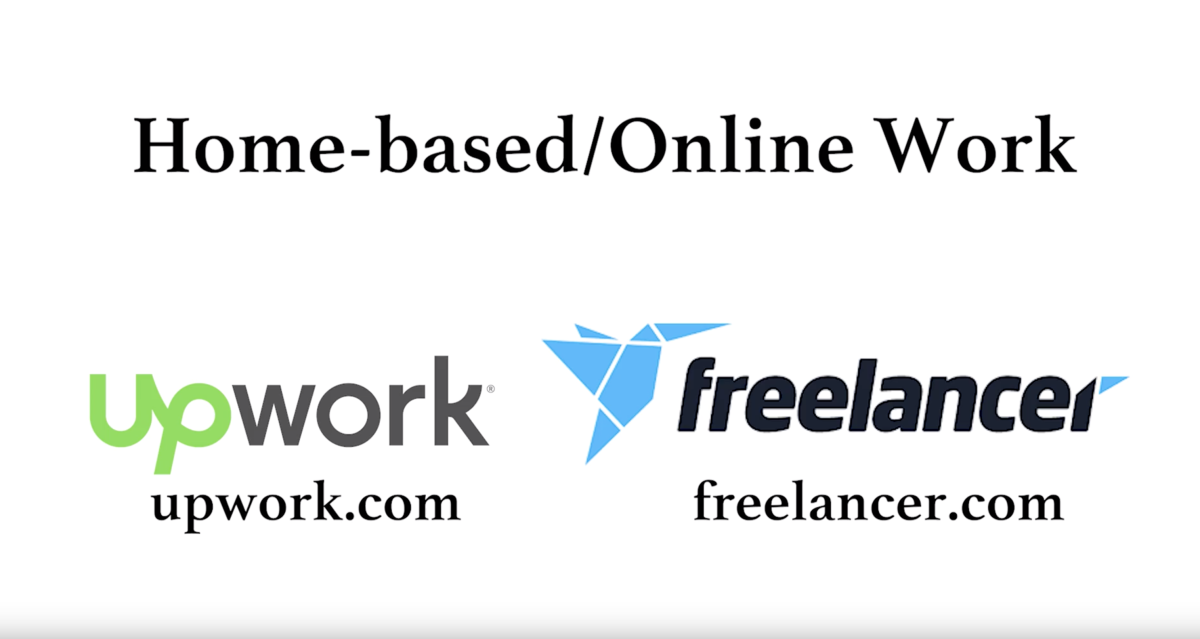Reading a Financial Statement - Part 1
Introduction
Sifting through financial statements may not be your idea of fun. However, what's less fun is when you lose money due to choosing a stock that looked good on the surface, but you would have seen the signs of trouble had you read the financial statement.
You may think you need a Master's degree in finance when reading a financial statement, but it simply isn't true. You need only to familiarize yourself with financial statements, and this takes a bit of practice. But, it is something that anyone can do, and so can you if you are willing.
Reading a Financial Statement

Current Market Conditions - Why Bother?
Don't fight the market. It's been shown that approximately 75% of stocks follow the trend of the market. That means buying stocks during a market downtrend is going to be like swimming upstream.
Of course, knowing the trend of the market can be a challenge. Trends can turn on a dime. However, when there is a change in the tide, at what point will you know that the trend has changed?
It all depends on your investment outlook. When you find solid companies by learning how to read financial statements, they will tend to fall less during bear markets. They may still fall, but the magnitude won't be as great.
When you are a short-term investor, the market trend will mean much more to you. If you believe that timing the market is possible, then you should only buy when the market is in an uptrend and sell when it's on its way down.
But, even short-term investors can benefit from choosing solid companies. Therefore, it pays to learn about reading financial statements.
Financial Statement Analysis Video
Revenue Trends
Revenues, also referred to as the top line, is the same as sales. You'll hear the financial spin doctors use these two terms interchangeably. Try to look for companies that have increasing revenue trends. The steadier this increase is, the better. If a company has an off year (decline in revenues), read through the Management Statement and Analysis to see why. Make sure you buy into that reason. If it seems like management is glazing over an issue, that could be a problem.
Also realize that revenues are not the same as profitability. A company can have rising revenues but declining profits. Getting to the bottom of the divergence is crucial for understanding the company. Well run companies should be able to increase both sales and profits.
Earnings Per Share Trend
Reading a financial statement requires that you look to see if a company has a steadily rising earnings per share trend. The earnings data point can be found in the income statement. What you want to beware of is an erratic record of up/down earnings fluctuation historically. Earnings per share is often the single most data item that the media focuses on and it leads to a price getting hammered (or even exploding).
Financial Statement Analysis on Amazon
P/E Ratio (Price/Earnings Ratio)
The P/E Ratio is computed by taking the price of the company's stock price (obtained from any financial website) and dividing it by it's earnings. The earnings are found on the income statement. It's important to grab the net income per share because the stock price represents the price of one share.
P/E has been rather controversial as a measure and should be taken in the context that it is intended. It gives a very quick snapshot of whether a company is overvalued or not. The number on its own means very little. You can have companies that have a P/E of 30 that are undervalued and companies with P/E ratios of 14 that are overvalued. You have to look at the industry that the company is in and what kind of growth rate a company is experience. It's also a good idea to look at past financial statements to see if there are trends. A solid company with an increasing P/E on a trend basis can be a good value.
Debt/Equity Ratio
Another important factor when reading a financial statement is to see how much debt a company has in relation to its overall equity. It's calculated by taking the total liabilities divided by shareholder equity. Both of these data points are contained in a company's balance sheet. These numbers do not have to be adjusted for per share because they are both totals. Again, this data point is relative to the company itself and to its industry. A company could have a lot of debt but if they are able to put that debt to use to generate profits, the debt will not be problematic. You must compare it historically and within the company's industry.
Cash and Cash Flow
If a company has no cash this could be a sign that they are in a big heap of trouble. Hopefully, the situation will correct itself on the next sales cycle. But if you see that a company is struggling to generate cash and keep it, this could be a warning sign. Even more importantly is the company should show a history of steady net cash flows. If not then they are relying on other forms to finance the business. This may be an okay situation in good times but during bad times, financing from debt can really take a company out.
Conclusion
There is more to financial statement analysis than what this article provides. I am following up with another in the series to further your understanding. But, until you dig in and start reading financial statements, any advice won't do you much good. You must apply your learning and strive to continue learning. If you feel that you don't have the time to commit to this, consider investing in an index fund such as the S&P. This is a hands-off approach that is supported by the likes of Warren Buffett.









